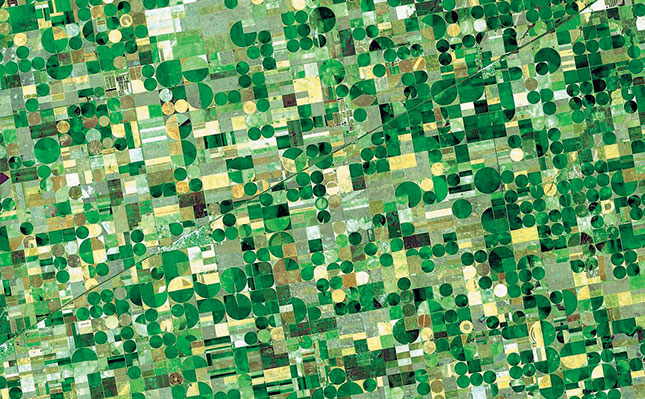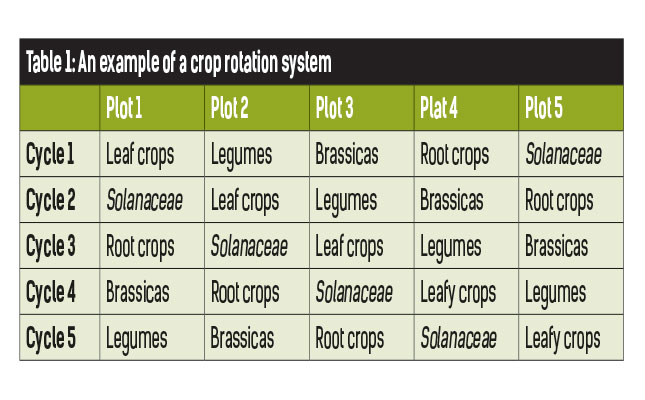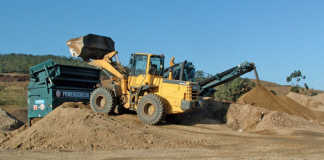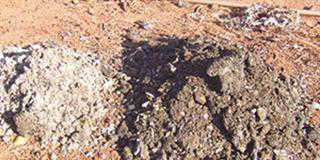
Farmers in the Middle East used a form of crop rotation as far back as 6000BC. They did not understand the science behind the practice; they simply knew, through trial and error, that it worked.
Today is little different: many new farmers and even experienced producers appreciate the value of crop rotation but are unsure why it is so important.
Growing the same crop in the same place for many years (monoculture) leads to an increase in pests and soil-borne disease.
With crop rotation, various crops are grown in such a way that no crop is planted on the same piece of land more than once in at least three (preferably four) planting cycles.
While crop rotation improves soil and is good for conservation purposes, its greatest benefit is to reduce the level of disease in the soil. Many pathogens (germs) can survive in the soil after the crop has been harvested.
If you fail to practise crop rotation, this infestation will get worse, leading to higher pest management costs.
Table 1 shows a crop rotation system using five plots, over five growing cycles.
Cause confusion with companion planting
Companion planting will help to protect plants from pests. It is based on the theory that the companion plants – for example, flowers growing next to a food crop – disrupt the search pattern of pests looking for host plants.
They detect the host plants but become confused because of the diverse distribution of plants.
A popular strategy is to separate rows of cabbages, broccoli or other brassicas with rows of onions. Tomato plants grow well next to cabbages, which seem to deter caterpillars. Growing leeks near carrots seems to repel carrot flies.
Planting marigold or calendula between vegetables may reduce unwanted nematodes in the soil.Nematodes occur naturally in the soil, but monoculture can lead to a build-up of species harmful to specific crops.
These nematodes may feed on the root system of host plants and cause considerable damage.
Some herbs planted among the vegetables or around the vegetable patch appear to keep pests at bay. For example, basil planted with tomatoes and lettuce may deter insects, and oregano planted with broccoli may repel cabbage flies.
You can include green maize and cucurbits at any point in the rotation, but never plant an underground bearing crop in the same soil in consecutive seasons.
Growing tips for a continuous supply
The steadier your supply of vegetables, the better your cash flow. So stagger your planting to ensure a continuous supply of the crops. Do this by making smaller plantings at regular intervals (for example, every four weeks) during the planting season.
Use days from planting to predict maturity, and plan your harvesting accordingly.
You can also achieve a steady supply by using single plantings of crops that don’t require a certain stage of maturity to be ready for harvesting. These can simply be harvested when they are large enough.
A good example is sweet potatoes.
Source: Agricultural Research Council.














